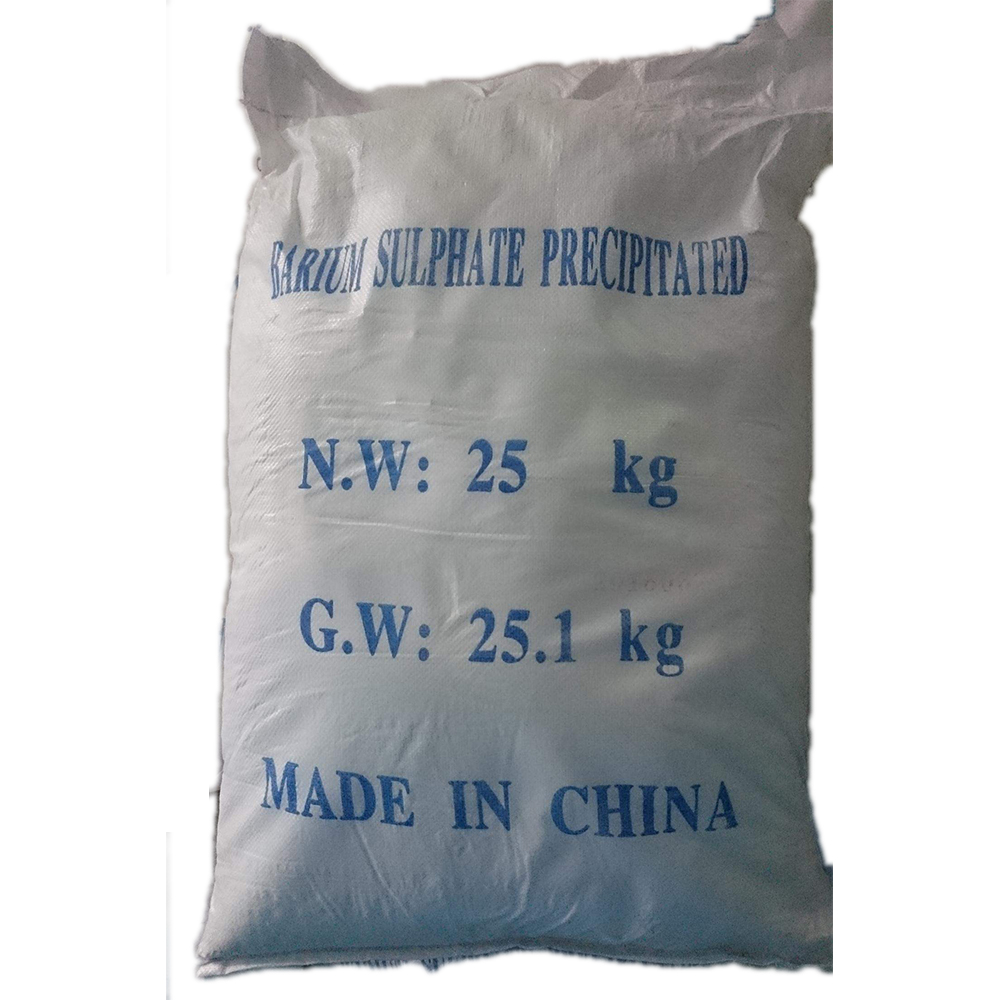



natrium hydroxide
Understanding Sodium Hydroxide Properties, Uses, and Safety
Sodium hydroxide, commonly known as caustic soda or lye, is a highly versatile chemical compound with the formula NaOH. This strong alkaline substance is a colorless, odorless solid that is highly soluble in water, producing an exothermic reaction when dissolved. Sodium hydroxide is a critical component in various industries and applications, making it an essential chemical in both industrial and domestic settings.
Properties of Sodium Hydroxide
Sodium hydroxide is characterized by its high alkalinity, with a pH level that can reach up to 14 in solution. This property makes it a powerful reagent in chemical reactions. It exists in solid form as white cubic crystals or as a hygroscopic (water-attracting) powder. When dissolved in water, it dissociates into sodium ions (Na⁺) and hydroxide ions (OH⁻), which is primarily responsible for its caustic nature.
Due to its strong basicity, sodium hydroxide can react vigorously with acids, forming salts and water. This property is utilized in various chemical reactions and processes. However, sodium hydroxide's corrosive nature means that it can also react with metals and organic compounds, potentially leading to dangerous situations if not handled properly.
Industrial Applications
Sodium hydroxide has a wide array of industrial applications, making it one of the most critical bulk chemicals in the world. One of its primary uses is in the production of paper and pulp. The compound is utilized in the chemical delignification process, which involves removing lignin from wood chips. This process is essential for producing high-quality paper products.
Another significant application of sodium hydroxide is in the manufacture of soaps and detergents. The compound facilitates the saponification process, where fats and oils are converted into soap. Moreover, sodium hydroxide is crucial in the production of biodiesel through a process known as transesterification, where vegetable oils are transformed into fatty acid methyl esters.
natrium hydroxide

Sodium hydroxide also plays a role in the textile industry, particularly in the dyeing and finishing processes. It helps in the preparation of fibers and the removal of impurities from fabrics. Additionally, in the food industry, it is used as a pH regulator, a food preservative, and in the processing of foods like olives and hominy.
Household Uses
Beyond industrial applications, sodium hydroxide is also prevalent in household cleaning products. Its ability to dissolve grease and organic matter makes it an effective drain cleaner, as it can clear clogs caused by fats, oils, and other debris. Several household products, including oven cleaners and heavy-duty degreasers, contain sodium hydroxide due to its powerful cleaning properties.
However, while sodium hydroxide is effective, it is essential for users to be cautious. The compound can cause severe chemical burns upon contact with skin, eyes, or mucous membranes. Thus, it is critical to always handle sodium hydroxide with care, using appropriate safety equipment, including gloves and goggles.
Safety Considerations
Due to its corrosive nature, safety is a paramount concern when working with sodium hydroxide. In industrial settings, material safety data sheets (MSDS) provide essential information on handling, storage, and first-aid measures related to exposure. In the event of skin contact, immediate flushing with water is crucial, while eye exposure requires washing with large amounts of water and seeking medical attention.
In conclusion, sodium hydroxide is a powerful and versatile chemical with essential applications across various sectors, including paper production, soap making, textiles, and household cleaning. However, its corrosive nature underscores the importance of safety precautions and proper handling. Understanding the properties and risks associated with sodium hydroxide can help individuals and industries harness its benefits while minimizing potential hazards.
-
Why Sodium Persulfate Is Everywhere NowNewsJul.07,2025
-
Why Polyacrylamide Is in High DemandNewsJul.07,2025
-
Understanding Paint Chemicals and Their ApplicationsNewsJul.07,2025
-
Smart Use Of Mining ChemicalsNewsJul.07,2025
-
Practical Uses of Potassium MonopersulfateNewsJul.07,2025
-
Agrochemicals In Real FarmingNewsJul.07,2025
-
Sodium Chlorite Hot UsesNewsJul.01,2025










